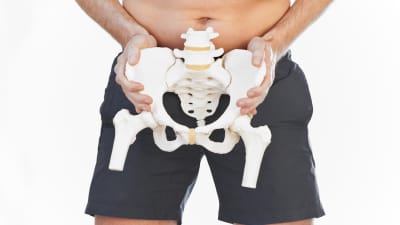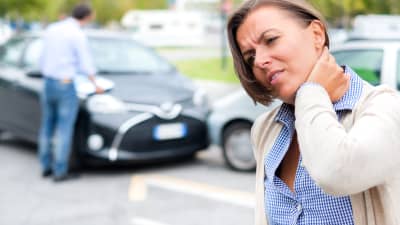All types of athletes are at risk of sustaining foot or ankle injuries or developing an ongoing condition.
Sports Injuries
The elbow joint is where multiple bones, muscles, ligaments, and tendons connect. All of these are susceptible to injury due to repeated flexing, extending, and force—such as playing tennis.
General injuries, such as stress fractures, can affect almost any part of an athlete's body. Which areas are most at risk depends on the sport played, as well as play style and intensity.
Long-distance runners, soccer players, football players, lacrosse players, wrestlers, and other athletes are susceptible to athletic groin injuries, such as sports hernia.
Athletes and non-athletes alike are at risk for injuries to the wrists and hands, particularly those who perform repetitive or weight-bearing activities.
While age, position, and style of play can all affect a person's head injury risk, any athlete can sustain a head injury (such as a concussion) during the course of play.
Hip injuries can occur in bones of the hip joint or to any of the soft tissues (tendons, muscles, and ligaments) near the hip.
The body's largest joint, the knee can receive fractures, sprains, tears, dislocations, and other injuries if athletes do not engage in proper form and technique or do not wear the correct equipment for their sport.
Some leg injuries may only affect part of the leg, while others may cause more widespread problems and extend into the foot or include the knee.
More than half of running injuries are overuse injuries. The most common running injuries tend to occur in the knees, feet and ankles, calves and shins.
Injury to the bones, ligaments, and muscles of the shoulder is most often sustained during sports with repetitive overhead motions such as pitching in baseball or many swimming strokes.











